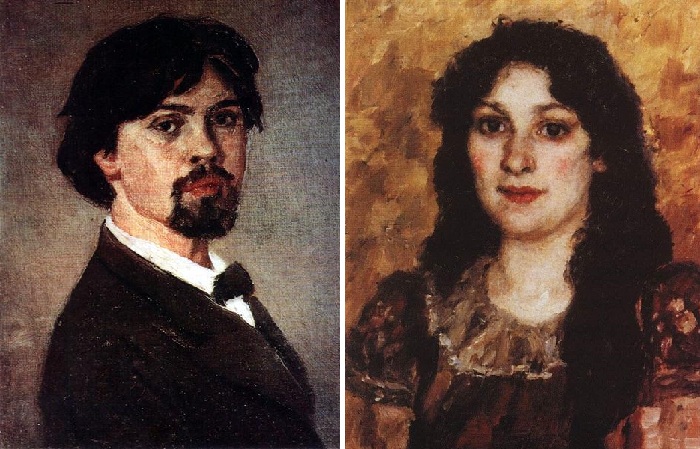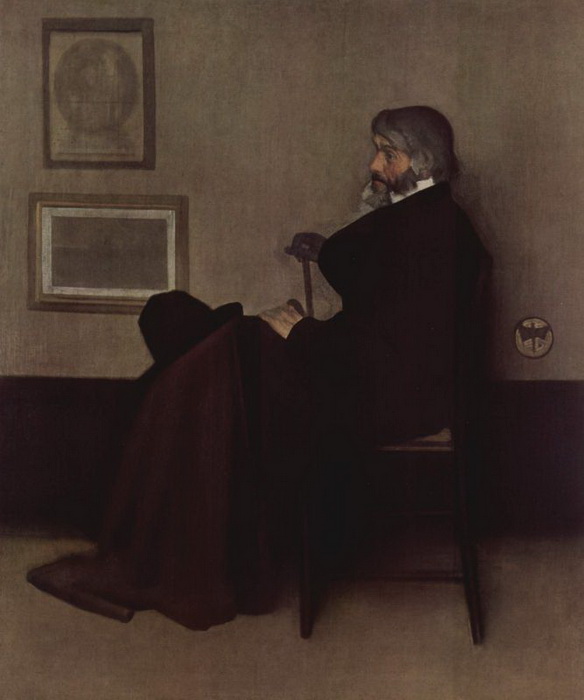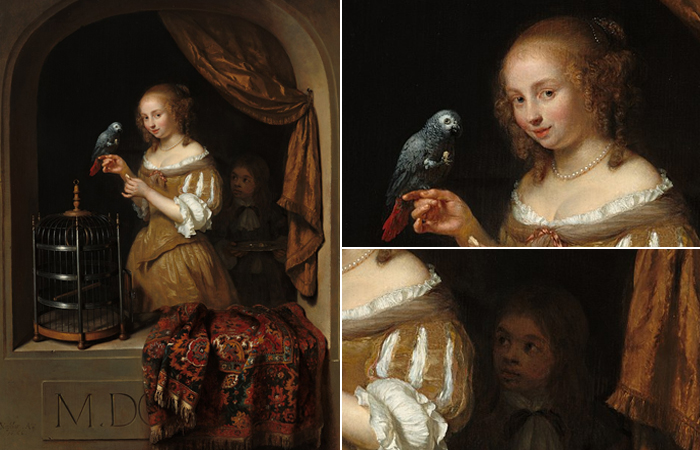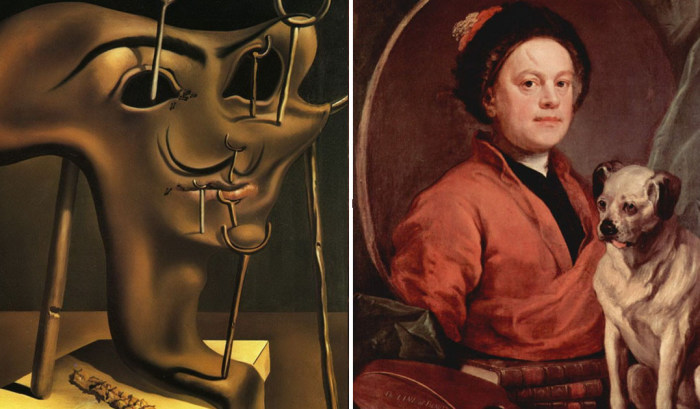“Love Letter” by Jan Vermeer: Why the lute is central to the picture
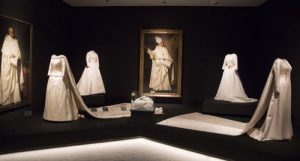 Cristobal Balenciaga once said that “a good fashion designer should be an architect for patterns, a sculptor for form, an artist for design, a musician for harmony, and a philosopher for fit.” And it is not surprising that in the 20th century he ruled high fashion with innovative clothing inspired by unusually traditional Spanish sources. The Basque fashion designer took replicas from regional clothing, folk costumes, bullfights, flamenco dances, Catholicism and, of course, from the history of painting. And in the end, he created what conquered the world for centuries.
Cristobal Balenciaga once said that “a good fashion designer should be an architect for patterns, a sculptor for form, an artist for design, a musician for harmony, and a philosopher for fit.” And it is not surprising that in the 20th century he ruled high fashion with innovative clothing inspired by unusually traditional Spanish sources. The Basque fashion designer took replicas from regional clothing, folk costumes, bullfights, flamenco dances, Catholicism and, of course, from the history of painting. And in the end, he created what conquered the world for centuries.
The Balenciaga collection is full of stocky silhouettes, stooped shoulders and neat trouser lines. But the fashion house today, under the leadership of Demna Gvasalia, represents a completely different aesthetic than what Cristobal himself did during his lifetime. “They cannot be compared,” explains Eloy Martinez de la Pera, curator of the new Balenciaga and Spanish Painting exhibition in Madrid, which combines ninety works of the Balenciaga couture with 56 masterpieces of Spanish painting that inspired the designer. “Balenciaga’s story ended when he stopped making clothes. His story was extremely personal, but today Balenciaga has a completely different story, and it is also worth telling. ” And in order to truly recognize Cristobal himself, it is important to know the key elements of Spanish art that shaped his aesthetic vision.
Perhaps the 20th century was the dawn of modern fashion, but the boldly modern sculptural silhouettes of Balenciaga evening dresses resonate with the styles worn by painted ladies and religious figures hundreds of years ago. When Cristobal Balenciaga, 41, moved to Paris in 1936, he began to miss his native Spain. Suddenly driven out of the house at the height of the Civil War in his native country and plunged into the heartbeat of the European high-fashion scene, he sought inspiration, immersed in the memories of his childhood in the small town of Getaria in the Basque Country, most of which he spent in the company of his mother as a seamstress and her aristocratic clients. Meeting with the magnificent collections of these clients as a child caused a lifelong fascination with the old master’s painting, becoming a passion that produced billowing shapes, voluminous styles, minimalist lines and bold colors that became the hallmark of a talented Spaniard.
El Greco – color
An evening dress made of lush pink satin with an ensemble of bodice, a jacket and a skirt of red taffeta. You could never have imagined that these couturier pieces of the 1960s were inspired by the Virgin Mary – but once they are contrasted with El Greco’s monumental paintings dedicated to the Annunciation, it is impossible not to compare the vibrant shades of the towering garments of the Virgin with the luxurious tones of Balenciagi’s outfit. In the same way, the color of the heavenly vestments of the archangel Gabriel echoes the elegant mustard satin evening gown of Balenciaga (1960) and the bright yellow silk dress with an evening cape with feathers (1967). The vivid use of color by El Greco penetrated Cristobal’s imagination when he met the artist in the palace of the Marquise of Casa Torres (one of his mother’s most important clients), becoming the central component of the rainbow works that Balenciaga produced in Paris in the 40s and 50s.
Court painting – black
If before that there were bright green, yellow, blue and pink colors that Balenciaga took from El Greco, then in the Spanish court painting of the late XVI-XVII centuries, he found his love for black.
It is also worth mentioning that the Balenciaga signature color has deep roots in fashion history, but especially in Spanish culture. At the court of Philip II, black became the main symbol of status. Timeless color remains one of the archetypes of Spanish identity, noted in a press release, possibly due to the influence of Balenciaga. In 1938, Harper’s Bazaar described the shade of Balenciaga in physical terms: “Black is so black that it hits you like a blow.”
The evening dress from black satin with a high collar of 1943 has corresponding silk buttons located from the waist to the collar, with two vertical white stripes that elegantly cascade along the entire length of the dress. Clothing almost resembles a priest’s cassock. At the same time, the fashion designer also reflects a minimalist look at the primly conservative black dresses preferred by fashionable Habsburg courtiers, such as Countess Miranda with frills around her neck, which is depicted in an undated painting attributed to the 16th century artist Juan Pantocha de la Cruz. Unlike the stripped-down design of Balenciaga, the countess emphasizes her outfit with precious stones embroidered on her sleeves and skirt, a technique that Balenciaga himself popularized in other, more elegant projects.
